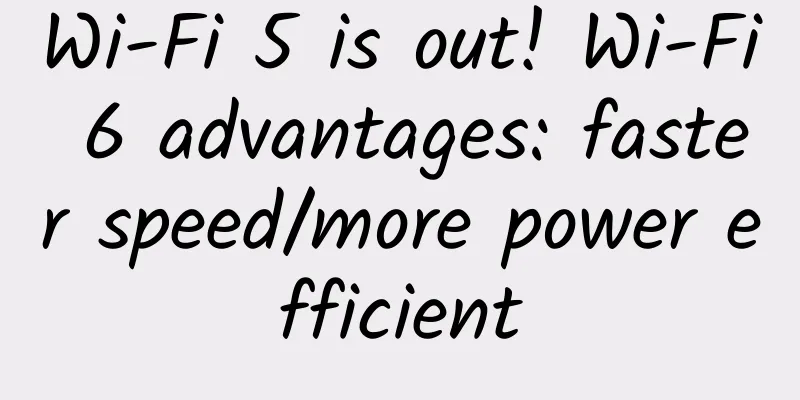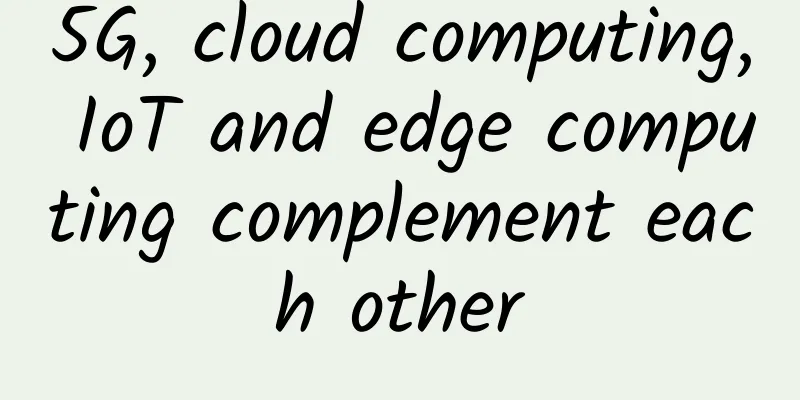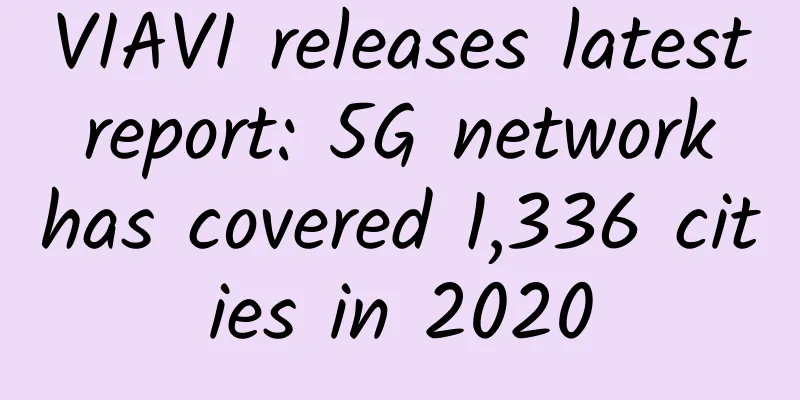Wi-Fi 5 is out! Wi-Fi 6 advantages: faster speed/more power efficient

|
If 2019 is the first year of Wi-Fi 6 commercialization, then 2020 is undoubtedly the year when Wi-Fi 6 begins to gradually become popular among consumers. Although we are still in the epidemic period, a number of routers and terminals that support Wi-Fi 6 have been officially released in the past few months. Now, Huawei, Xiaomi, TP-LINK, ASUS, and Netgear have all released their own Wi-Fi 6 wireless routers. Should you change one during the May Day holiday? Compared with the most popular Wi-Fi 5, Wi-Fi 6 is faster, supports more concurrent devices, has lower latency, and consumes less power. Wi-Fi 6 uses the same OFDMA technology as Huawei 5G, combined with 1024-QAM high-order modulation, and can support a maximum bandwidth of 160MHz, which is nearly three times faster than Wi-Fi 5. Intelligent frequency division technology can support more devices concurrently and increase the access device capacity by 4 times. Accessing more devices concurrently can reduce queues, actively avoid interference, and reduce latency by two-thirds. When the terminal device is in standby mode, it supports on-demand wake-up function, which reduces terminal power consumption by 30%. We can compare the scenario of router transmitting to device to a fleet. Under the Wi-Fi 5 standard, a fleet can only deliver to one customer at the same time. Even if there are empty cars, they will be dispatched as usual. If a car breaks down (is interfered with), the entire fleet cannot be dispatched. Under the Wi-Fi 6 standard, a fleet of vehicles setting out at the same time can form a small team of at least 26 adjacent vehicles. Each team can be sent to different customers. If a car breaks down (is interfered with), it will only affect the team it is in. When we are at home, we often detect our neighbors’ Wi-Fi signals, which can interfere with our own Wi-Fi transmissions. The interference coloring technology used by Wi-Fi 6 can mark neighboring network signal frames that pass through walls, allowing users' routers to ignore them. Neighbors’ Wi-Fi signals can transmit data simultaneously on the same channel without interfering with each other, reducing the interference rate by 30%. The power consumption of Wi-Fi 6 and Wi-Fi 5 is very different. Wi-Fi 6 will negotiate with the terminal on the timing of Wi-Fi wake-up to achieve on-demand wake-up, and no power will be consumed during other sleep times. Wi-Fi 5 can only communicate with one device at a time. All terminals connected to the same router are either in a transmission state or in a waiting state, and they are disorderly. The waiting state still consumes power. In general, Wi-Fi 6 routers are the general trend, and the prices of many products have dropped below 300 yuan. If your mobile phone or laptop supports Wi-Fi 6, you can really consider trying it!
|
>>: 7 excellent open source network monitoring tools
Recommend
Ministry of Industry and Information Technology: The number of 5G package users has exceeded 350 million
[[395563]] The State Council Information Office h...
Which broadband operator do you use at home?
My hometown is in the rural area of Hebei. My b...
Is SSH a higher layer and more secure than SSL? Here are the four major differences between the two - based on principles and protocols
“What is the difference between SSH and SSL?” “Is...
What you need to know about cyber threats in your data center
Cyber threats are an unfortunate reality for da...
The data center is dying? Not really
Today, despite the greater adoption and growth of...
BuyVM adds new unlocked streaming VPS hosts, 1Gbps unlimited traffic from $5/month
BuyVM has launched the China Special - STREAM RYZ...
The network infrastructure of the future is intelligent
Smart systems have become an increasingly common ...
Sharktech: High-security VPS with 50% off annual payment starting at $47.7/year - 2GB/40GB/4TB/Los Angeles & Denver multiple data centers
Sharktech is offering a 25% discount on quarterly...
UDP protocol - just read this article
Every programmer should know TCP and UDP protocol...
Microsoft will stop mainstream support for Office 2010/16 starting today: users should upgrade quickly
[[345991]] It is reported that Microsoft's te...
Li Xue: Today's goal is to grow together with the company
[51CTO.com original article] As enterprises have ...
When will the API chaos end? Ruishu Information strikes hard to eliminate the "chronic disease"
In the era of "everything can be API", ...
10 SD-WAN projects to watch
[[323303]] GlobalConnect | Versa Networks GlobalC...
spinservers Spring Festival promotion: 100M-10Gbps unlimited traffic servers starting from $119, San Jose data center
To celebrate the traditional Chinese New Year, sp...
It will take time for 5G cross-network roaming to become popular
On May 17, at the opening ceremony of the "2...









